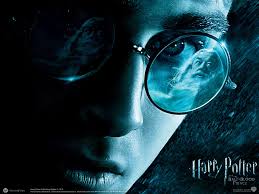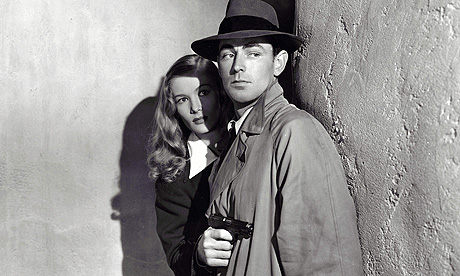1. Media Forms: How does the trailer use media language to establish the film's genre?
Regarding the trailer, there is a use off various media language which establishes the hybrid, thriller/British drama that the movie acquires.Firstly, there is a use of review quotes which appears on the transitions between video image scenes of the movie and appear consistently regarding from different media print companies, which therefore indicates to the audience of the genre.Moreover,there is a use of high-tempered, fast pace music soundtrack in the background which also connotes the genre that this film is and influences the audience that this would be consistent in the film as the trailer emphasises this.
Furthermore, various camera angles also help identification to occur from the audience determining the thriller/drama genre. For example, there is a frequent use of close up shots to mainly the protagonists facial expressions allow it to convey a message to the audience to gain an understanding of what and how is this affecting her. In regards with this point, close up camera angles are typical in drama films as the audience are ‘forcefully’ drawn onto the protagonists facial expressions as well as other characters. An example of this from the trailer is while the protagonist is in the car and is being lead away by a mature male helps to connect with the audience to helps identify her fear and confusion. In addition, the transition of each sequence in the editing is cut which is purposeful in order to establish its thriller/drama genre.
Low-key lighting is also used throughout the scenes which connotes and emphasises the darkness or perhaps the bad events which will occur during this movie hence presenting the genre in a non direct way to the audience. There is also a use of enigma codes which is presented with the gun shot that appears during the sequence, connoting its thriller genre and creates a enigma code of what you may expect in the film as it is seen to be shocking and unexpected which is one of the conventions of the thriller genre.
2. Media Representations: How is gender represented in the trailer?
Male characters in this trailer are shown to have dominant ideology as we as the audience are viewing the males ordering the women and making the decisions as well as acquiring stacks of money which gives them power, freedom and control. The use of props, such as the gun and high amounts of money also influences the audience in the way that the male genders are presented in oppose to how women are presented as by the use of props, we can see the representation of power to the males.
However, the female characters are represented as fragile and vulnerable people as they are shown in the trailer to be controlled by the men and being forced into certain activities that they do not wish to pursue. That being said, the protagonist who plays an 11 year old girl has an alternative representation. From the trailer this can be identified as her character has a role of prostitution, which is rather shocking as generally we never intervene child actors with roles that are too extreme.
An example of dominant and alternative ideology is in the toilet scene, where we see the women to be inferior as the low camera angles suggests the male are dominating over the female characters.
3. Media Institutions: In what ways is the film 'London to Brighton' typical of a low budget British film?
Firstly, the characters including the protagonist are wearing clothing and make-up which allows the audience to view the actors in an unprofessional way. Therefore this allows the audience to view the actors as us as we would seem to have same values as them.Furthermore, the actors name are not introduced or presented in the trailer as the audience would most likely not be able to identify with the actors that are in this film, particularly because it is not a Hollywood film so that was intentionally not included as we are again, not expected to identify with the actors.
Furthermore, the quality of the video is more so unprofessional which goes in regards with the location or setting of the scenes which are mostly set in public locations such as train stations, public toilets etc...The reason for this is because I believe that the institution did not want to spend any money on preparing a studio but would go to a place with no background actors apart from the public to create a more typical low budget movie.
The accents, currency and reviews also indicate that it is a typical low budget British film. For example, where a male character reveals a £20 note, when the protagonist speaks and also the institutions that review the film such as the times etc.
4. Media Audiences: In what ways does the trailer promote the film to its target audience?
The trailer in many ways promotes the film to its target audiences. One way the film trailer does this is by the reviews that the film has been given. "The best British film of the century" - Big Issue.. Also as the film is a British film it attracts it's audience. The film is targeted for an adult audience between 16-34, and classes D and E.
cast_away_8.jpg)





